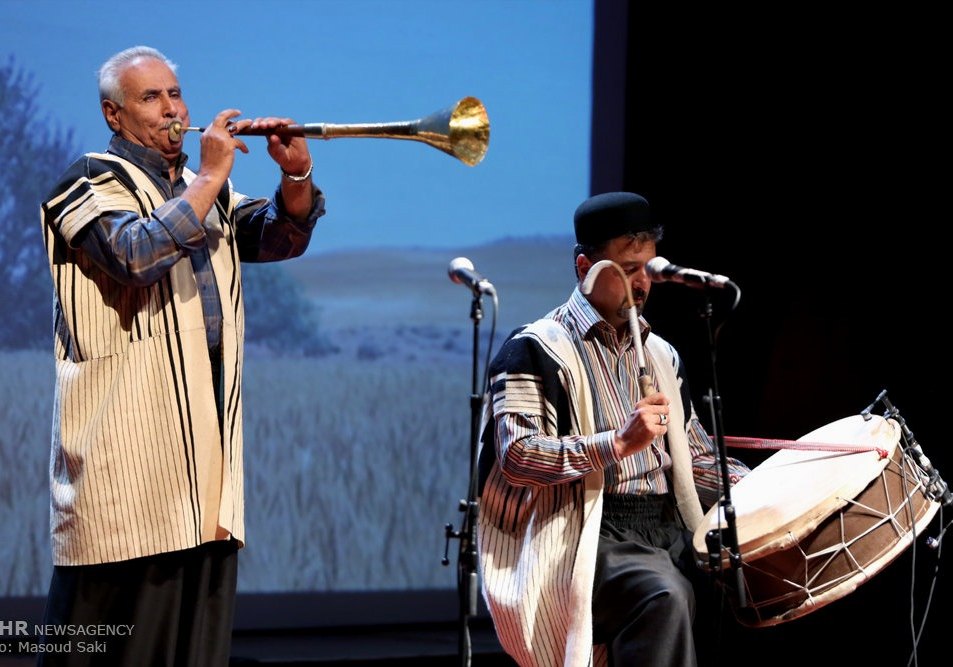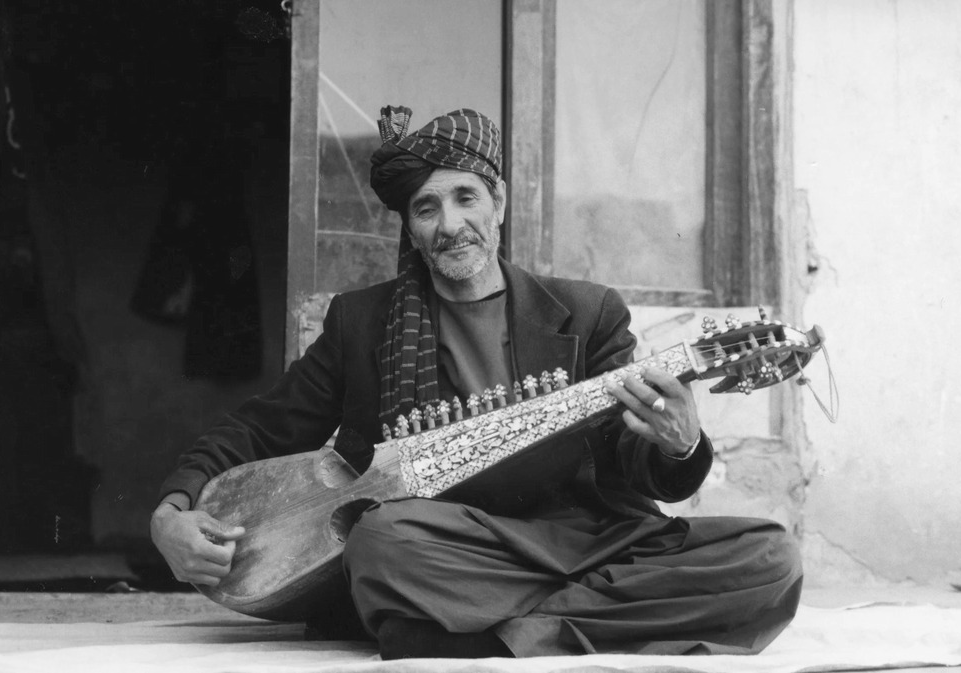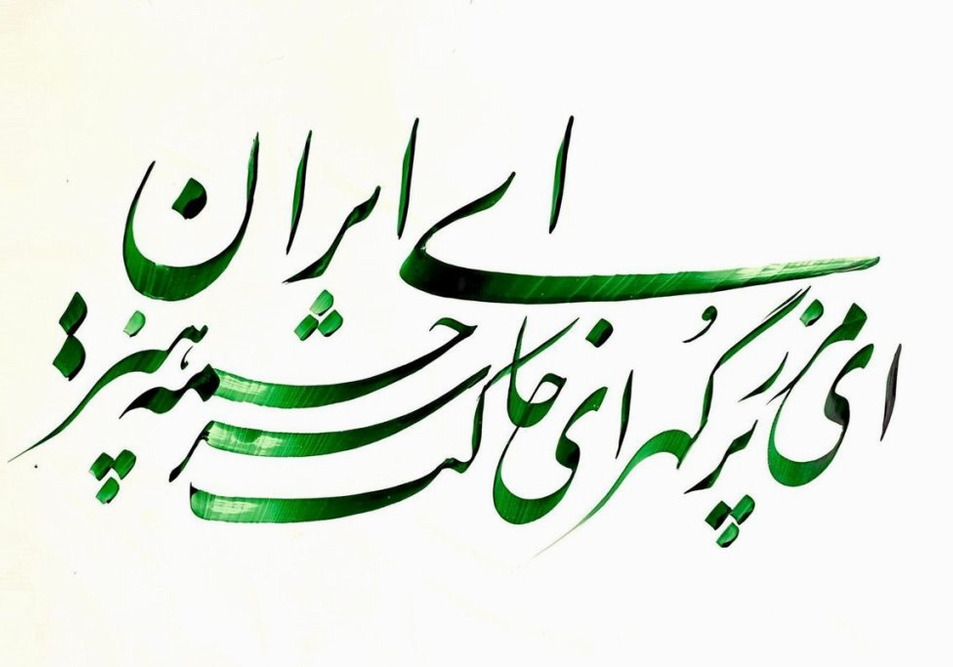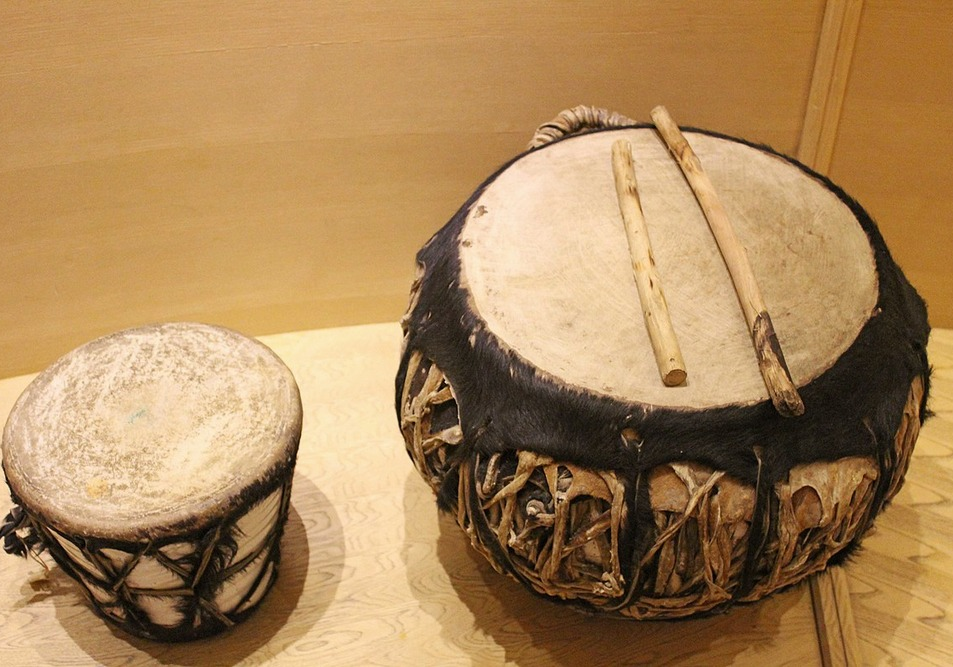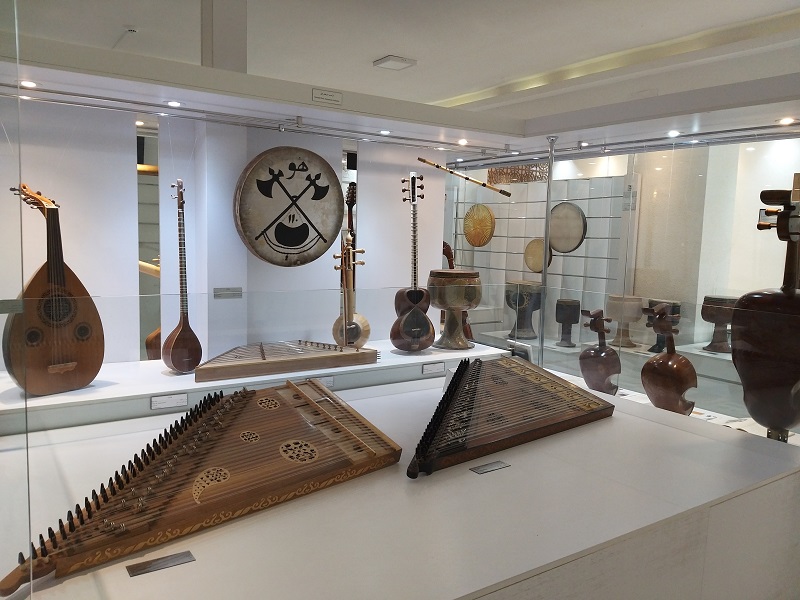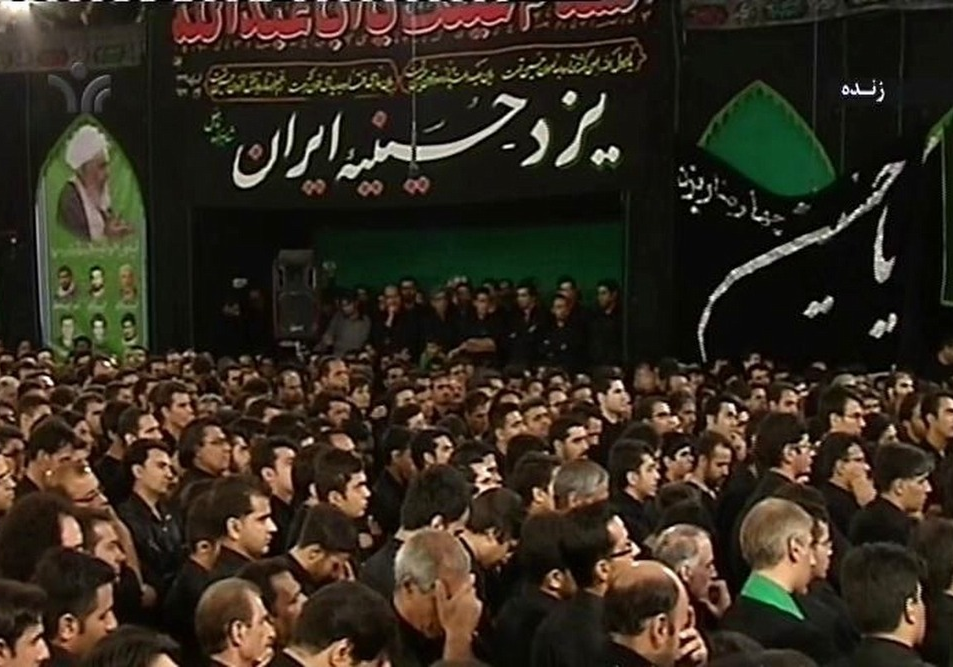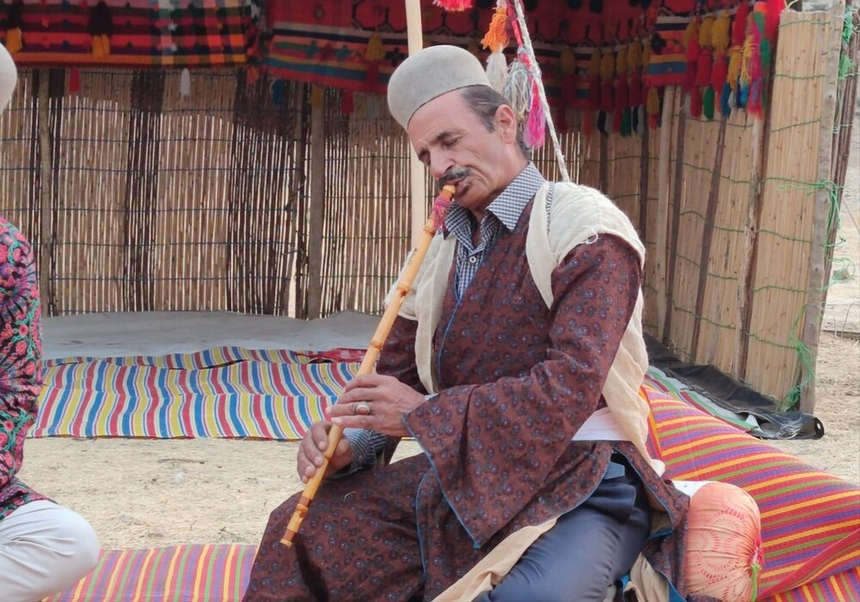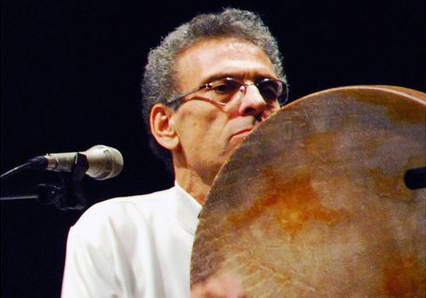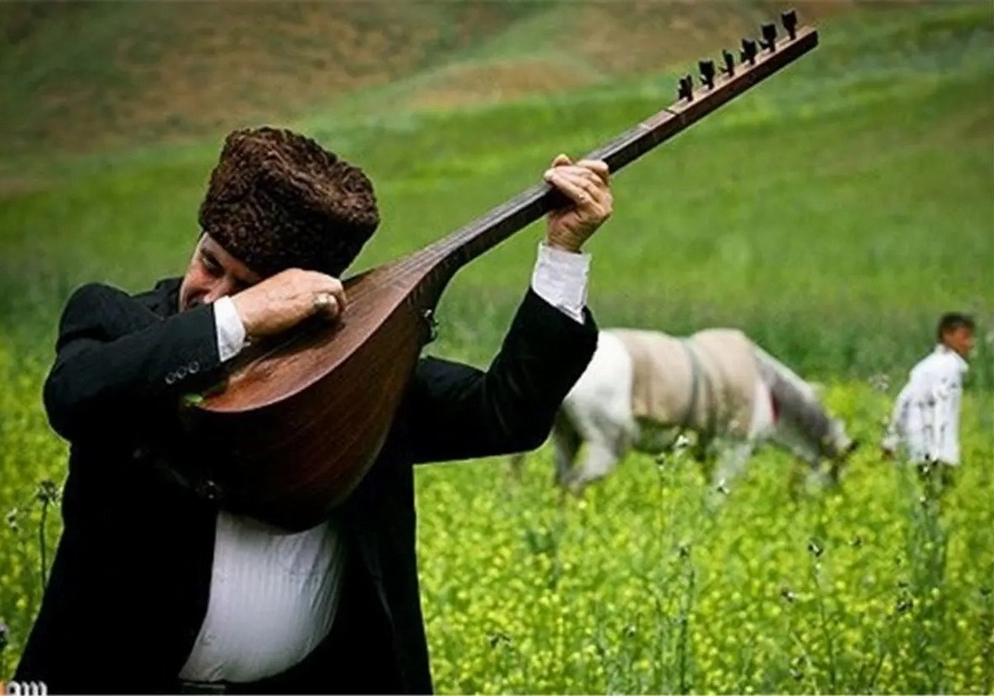
Sorna in Lak Music
Sorna in Lak Music
Sorna is an old Iranian instrument that is popular in Sistan and Baluchistan, Khorasan, Kermanshah, Ilam, and Lak-populated regions. The name of this instrument has been mentioned in ancient Persian literature many times. Since the distant past, this instrument has been used in the rituals of various ethnic groups, including the Laks. The Iranian Laks in Kermanshah, Hamedan, Lorestan, and Ilam use a small type of sorna, while the Bakhtiari use a long sorna. The long sorna is used in both festivities and sad ceremonies, while the short sorna is usually used in mourning ceremonies. In most of the sorna performances, it is accompanied by dohol and the two of them complement each other.
Aliakbar Mahdipour Dehkordi, the musician who plays “Nowruz-Nameh”, a song, which is played at the beginning of Iran’s New Year, is considered one of the most famous sorna musicians. Reza Moridi Delfan is another famous sorna musician and Shahmirza Moradi can be referred to as the most famous musician of short sorna.
Features of Lak Music
Despite the invasion of modernity into ancient cultures, the originality of Lak music has survived to this day, such that listening to this music not only surprises every listener but also takes him to the depths of the history and culture of the Lak people. Lak music can be divided into five general categories:
• Ritualistic that has also been called “Khanqahi” by some experts;
• Bazmi (ceremonial) and Sur;
• Mourning; called “Chamayaneh” in the local dialect;
• Epic;
• Work and social issues.
The main instruments used in Lak music are sorna and dohol. Many maqams (melodies) are performed with these two instruments such that it can be claimed that sorna and dohol are the companions of the Lak people from birth to death. Kamancheh, Tombak, and Tanbur are known as other major instruments used in Lak music.
“Hureh” is a type of song that is performed in Lak and Kurdish music and as mentioned in some sources, Nakisa and Barbad, two famous musicians and composers of ancient Iran, used to sing the story of Khosrow and Shirin, the legendary Persian lovers, in Hureh style. Some people have suggested that Hurah was used by Zoroastrian priests during acts of worship. In the past few decades, Hureh is performed in solo style, but in the past, this song was performed with the accompaniment of the tambur. Technically, Hureh has 14 maqams, each of which is used on specific occasions.
“Mur”, which is a type of lamentation, is one of the subgroups of Hureh and is specific to Lak people. Mur is often performed by women at times of calamities or the death of loved ones. Poems with romantic or epic themes are recited in Hureh style. Hureh is also used by Sufis to perform their special ceremonies. They perform Hureh in a special way and call it “Suz”.
Sorna and Dohol Are the Main Instruments Used in Lak Music
Sorna is a wind instrument and Dohol is a percussion instrument. The oldest evidence about today’s wind and percussion instruments in Iran, including sorna and dohol, can be seen in a seal found in Chaghamish, Khuzestan, which dates back to about five thousand years ago. In the later periods, especially in the Sassanid era (3rd to 7th century CE), these instruments were widespread. The reliefs of the vault of Kermanshah or the discovered dishes preserved in the “Museum of Ancient Iran” are proof of this claim.
Instruments similar to sorna and dohol are used in other regions of Iran with different names, such as Karna and Dohol among Bakhtiaris, Shidi and Timuk among Baloch, Piq and Dohol in Kermanj of Khorasan, Zorna and Dohol in Mazandaran, and Zorna and Dohol in Kurdistan. Of these, the diversity and multiplicity of maqams in Lak music is very unique.
The maqams played by sorna in the Lak-populated regions, including Lorestan, Kermanshah, Ilam, and Hamadan provinces, were inscribed on the list of Iran’s intangible national heritage in the year 2018 AD.
Despite the invasion of modernity into ancient cultures, the originality of Lak music has survived to this day, such that listening to this music not only surprises every listener but also takes him to the depths of the history and culture of the Lak people.
| Name | Sorna in Lak Music |
| Country | Iran |
| Type | Windy |
| Works | folk music |
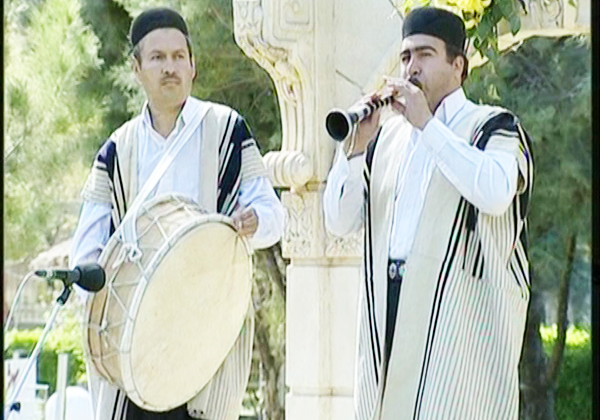
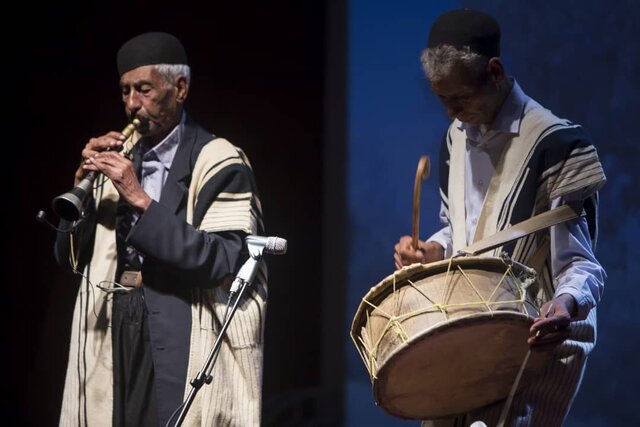
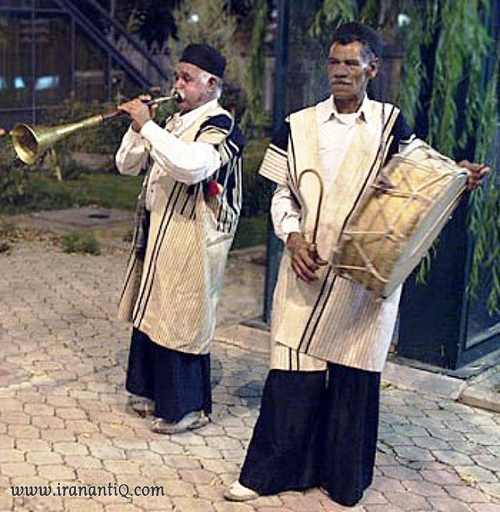



Choose blindless
Red blindless Green blindless Blue blindless Red hard to see Green hard to see Blue hard to see Monochrome Special MonochromeFont size change:
Change word spacing:
Change line height:
Change mouse type:
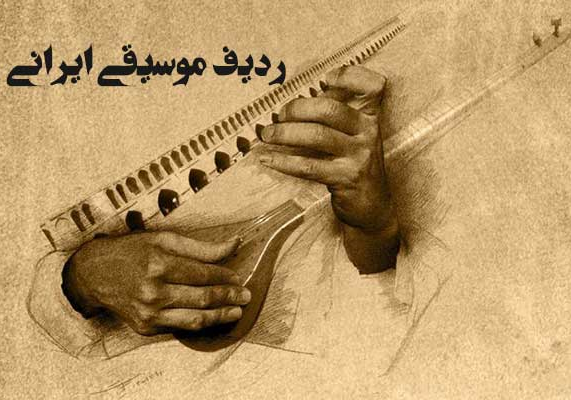
.jpg)
